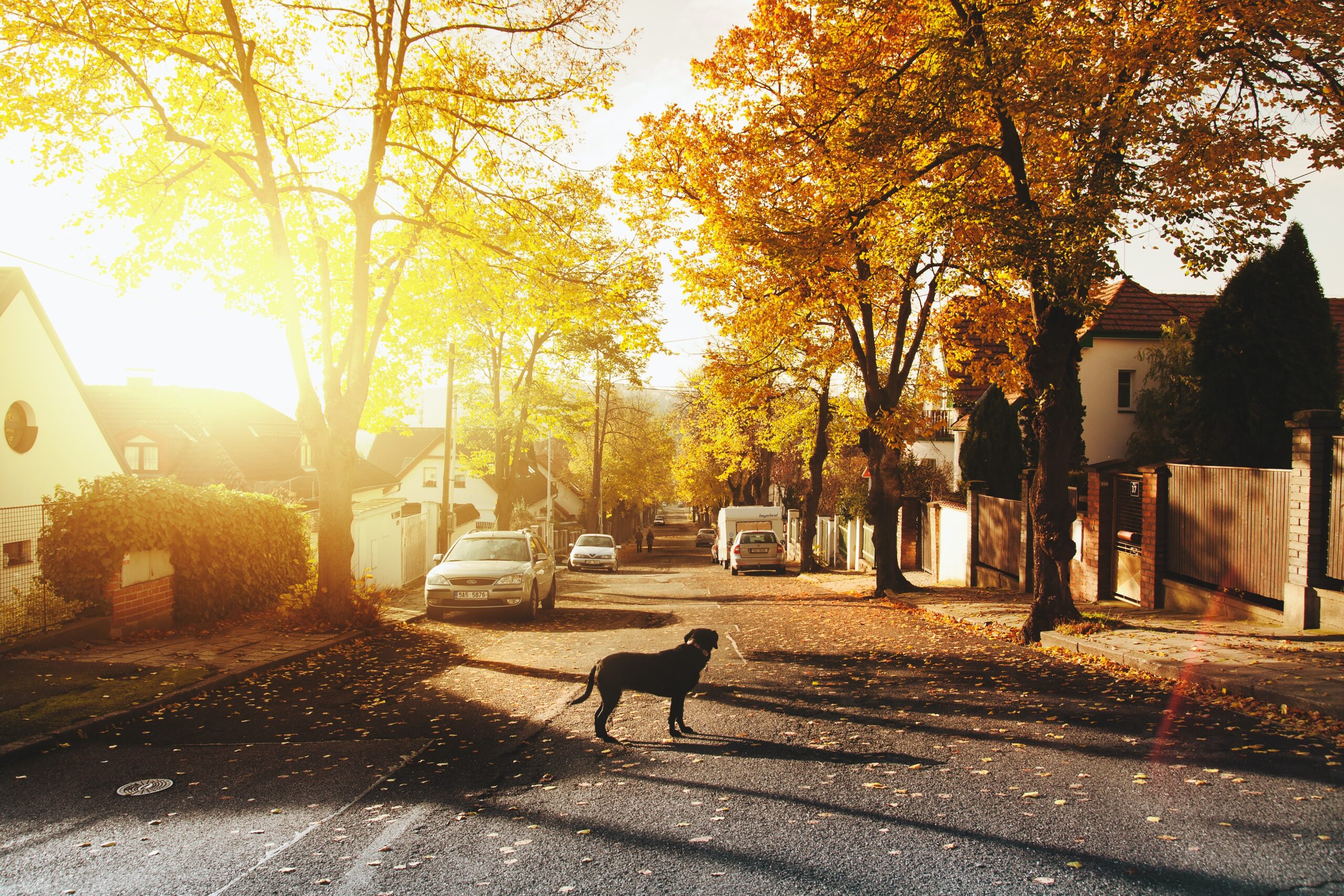As you may know, even in great markets, there are sub markets or pockets that are more or less desirable. These neighborhoods may either attract growth, ramain stagnant or be on the decline. If you are an out-of-state investor or a passive investor in an out-of-state market, how do you know if the neighborhood is a good neighborhood or not?
I recently had the opportunity to check out a prospective apartment complex about an hour outside of my market. Below are some useful guidelines both active and passive real estate investors for vetting a neighborhood in an out-of-area market.
See It In Person
Similar to online dating, it is probably (and by probably, I mean certainly) a good idea to see the property in person before you make such a commitment. As you should expect, pictures and promotions will show all that is beautiful; the lighting may be bright, areas shown are staged cleaned up nicely and all aspects (good and bad) of the property and neighborhood are not available. However, when you or someone on the team visits the property and neighborhood in person, each of those details are easily and immediately known.
Even if you are unable to do a full tour of the property early in the deal-finding process, drive-bay’s and walk ons remain useful because you now how more information that you previously had. While you have the opportunity, there are a few important details to take stock of.
Surrounding Stores
Take a look at the surrounding stores. What do you see? Are you seeing Starbucks, Cheesecake Factory, IKEA and an Audi Dealership? Are you seeking McDonalds, Home Depot, Amscot and used car lots? Do you see what I am getting at? These are clues to the class of the area and neighborhood.
Neither is better than the other, but these are important observations to make in order to ensure the opportunity is aligned with your criteria. Are you seeking A-Class neighborhoods or C-Class Neighborhoods. Maybe most importantly, how can you ensure that you are not investing in a war zone? This brings us to our next important consideration.
Crime in area
Ensure that you are getting a feel for the neighborhoods safety and potential crime levels. When you check out the property, does the surrounding area appear to be in good order? Here are some things to take note of:
- Get out and walk around the neighborhood. If you are not comfortable getting out, maybe you are not perceiving yourself to be in a safe environment. I want to invest in places I would feel comfortable going myself. Our potential future residents are people and deserve safe and comfortable living. Secondly, getting out of your car and taking a walk allows your senses to better experience the neighborhood and should tell you what you need to know about the feel of safety.
- What does the neighborhood look like at night? If possible, come back and visit at night to see if you get the same feel. Sometimes, the neighborhood could change. Whereas orderly neighborhoods may generally decrease in activity, higher crime areas may do the opposite. You may see more walkers, drivers entering and leaving parking lots, and maybe even hear more sirens.
- Is there any security in the property (gate, security guard, etc.)? If you are in a C-Class area with no sort of property security measures, this is potential risk to your future resident’s safety as well as your ability to clean things up at the property. If there are not current security measures, and the subject property is in an area of potential future growth, adding security can be a great way to clean up the property as well as improve its reputation in cases where there has been negative publicity or associations with the property.
- Crime statistics. Once you are back from visiting the neighborhood, check online for anything that you can find related to crime in the neighborhood. SpotCrime.com is a great website and resource to find recent crimes committed in a select area. Also, do a simple google search of the neighborhood or property name and look for news pertaining to recent or past crimes that made the news. Finally, find friends, professionals such as property managers or other knowledgeable experts who can shed some light on the neighborhood and its outlook.
Is There Growth Potential?
In my most recent visit into a new market to check out a property, I noticed that it was not far from the highly attractive downtown area. Still a few miles west of downtown, it was in a pocket that had not yet been revitalized. I later learned that it is an opportunity zone. I asked friends familiar with the market for feedback on the neighborhood and learned that much growth has been happening leading up to that neighborhood and that it is likely for growth to continue and revitalize that particular location. This was all great feedback that allowed someone like me, an outside investor, to get an effective assessment of the neighborhood I and my associates were considering for investment.
These are just a few tips to initially vetting the property and neighborhood in which you are looking to invest. Getting good eyes on the area is key to making an honest assessment for the class of neighborhood, its potential and crime and safety. This initial assessment should allow most investors to have a “gut feel” for what they are seeing and experiencing because we are also consumers with needs for living. We know what we want and expect in great neighborhoods and can baseline those expectations and experiences to what we are seeing in other neighborhoods where we will potentially invest.
Just as if you were shopping for your next gadget or car, do your research, look for clues and talk to knowledgeable resources. Maybe you will find your next great investment opportunity in outside of your usual search parameters!
